


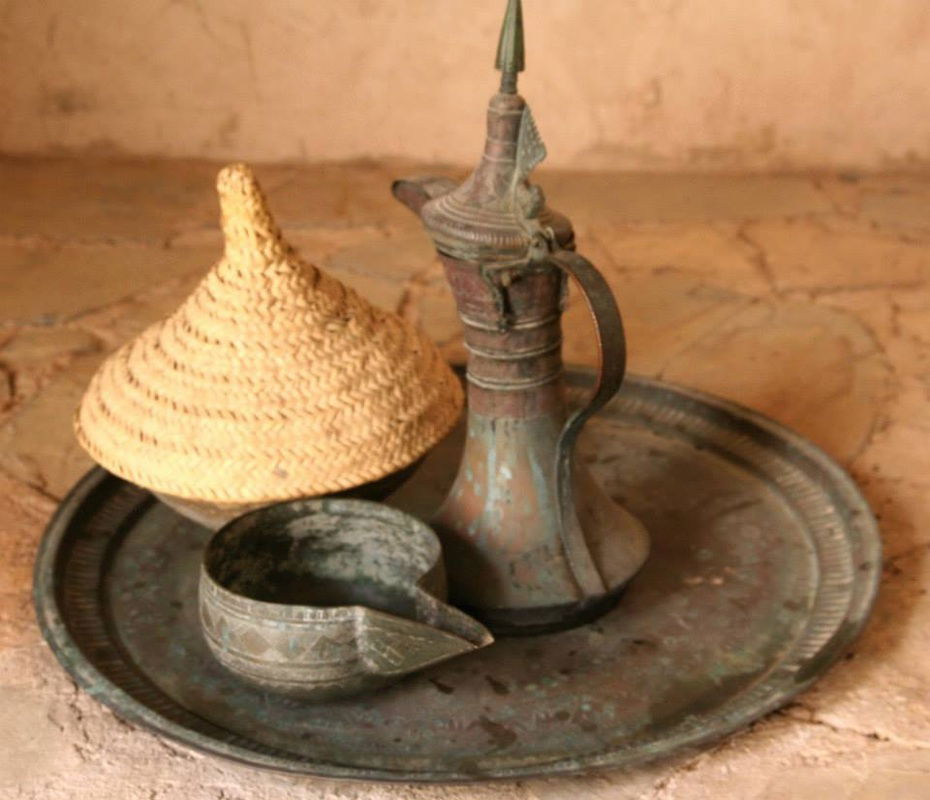
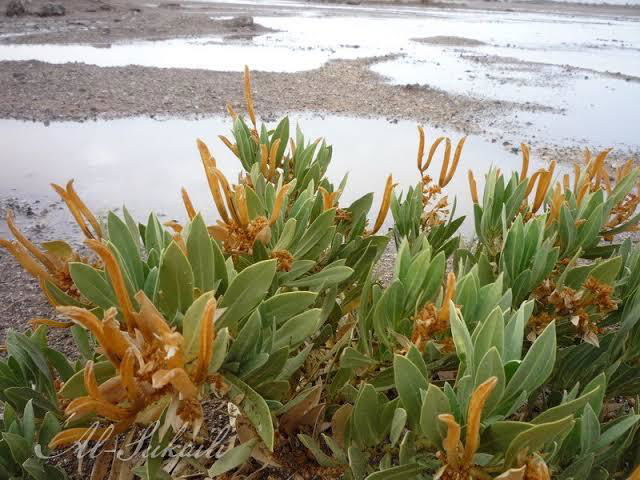

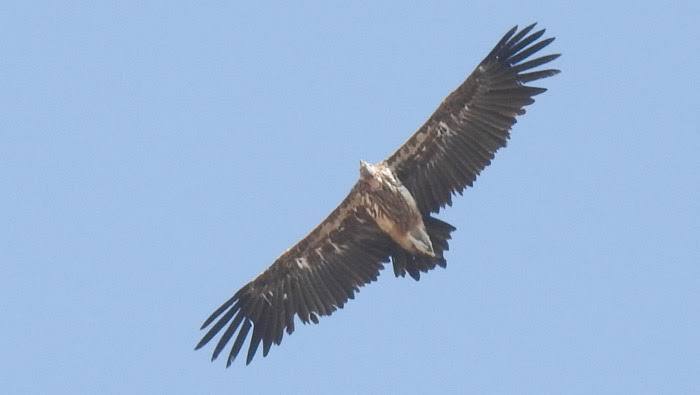
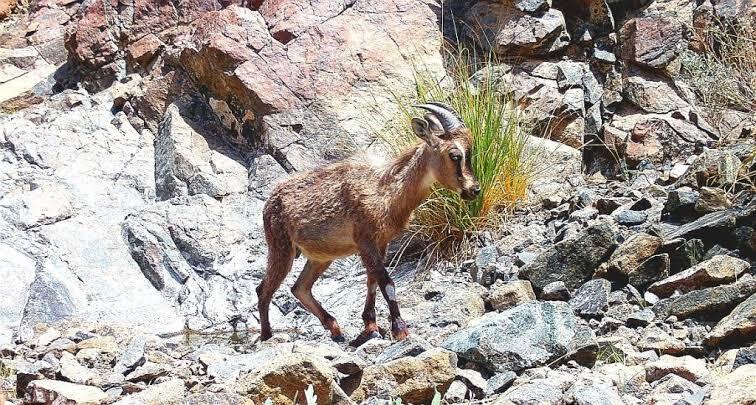
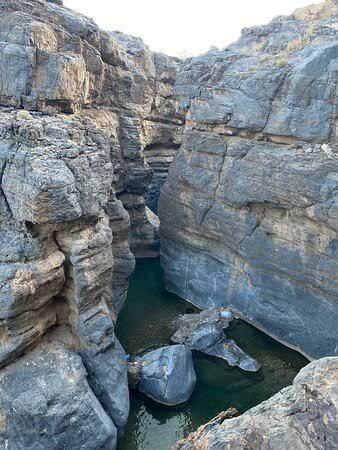
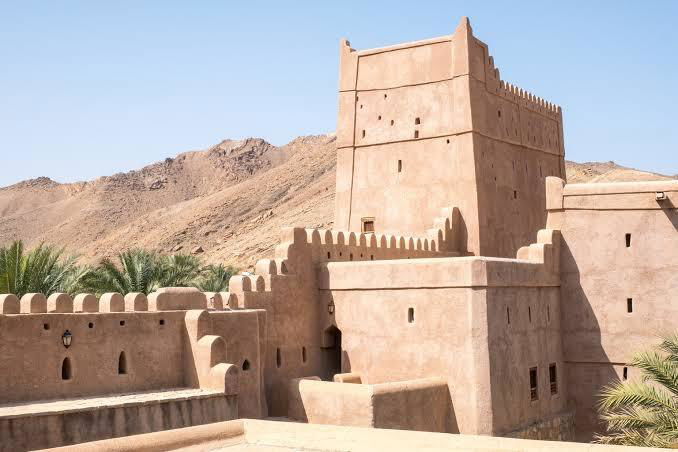

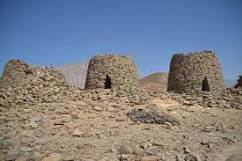


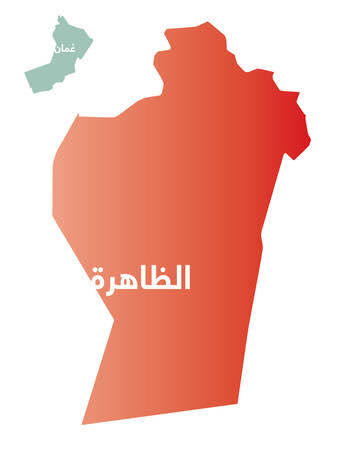
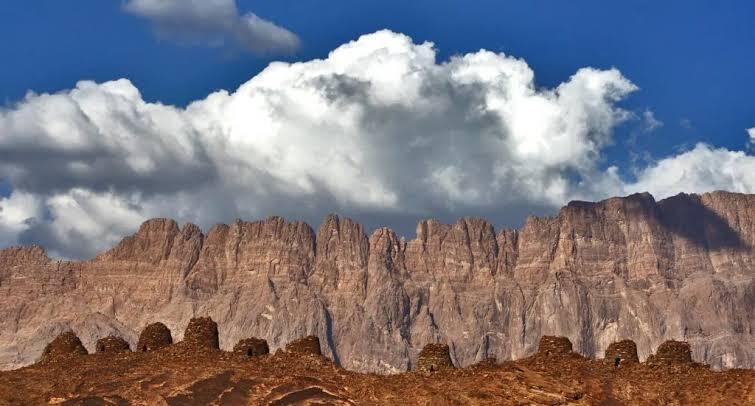
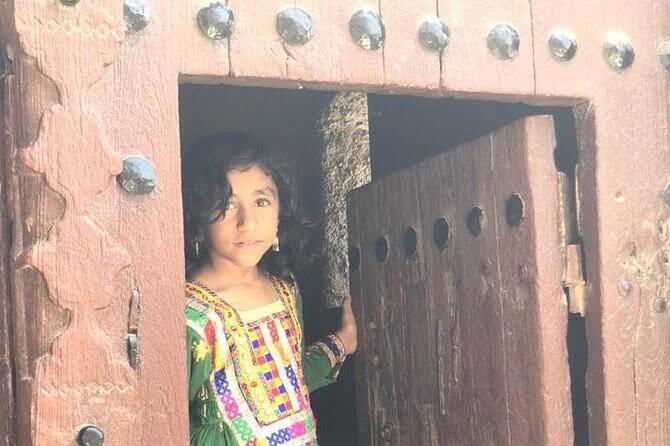

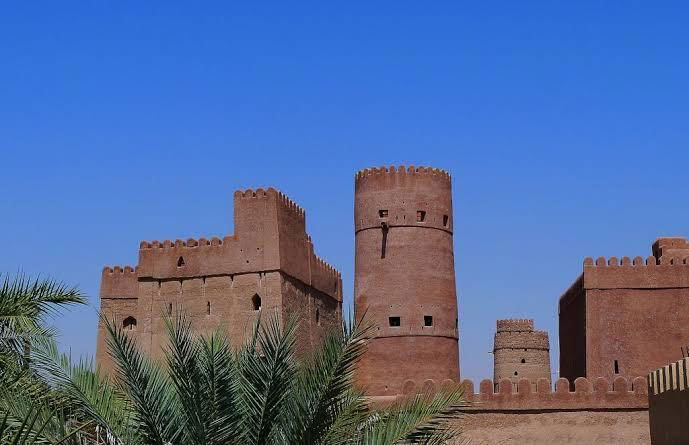
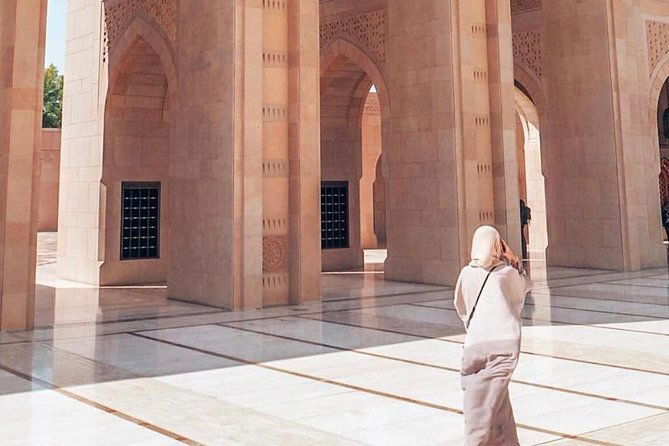
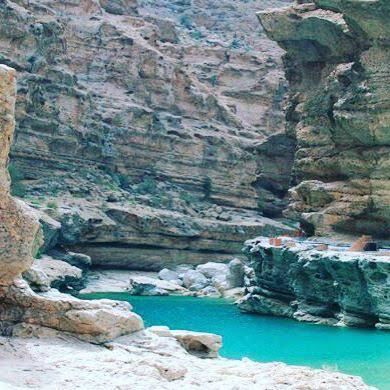
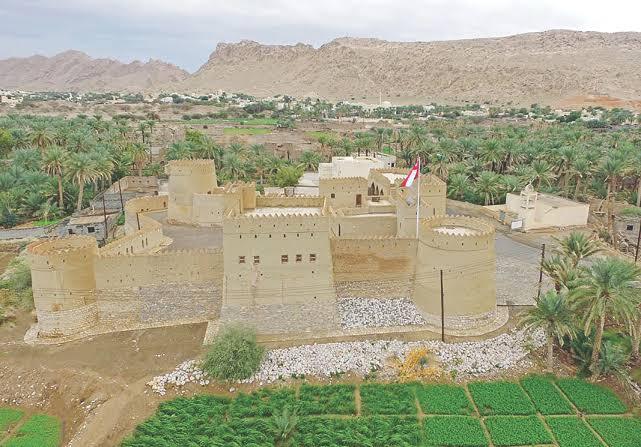
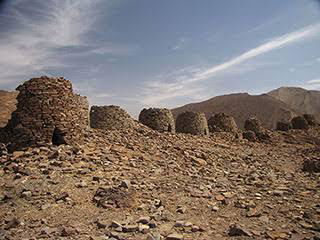
Bat Tombs and Settlement.
Archaeological Sites of Bat, Al-Khutm and Al-Ayn
The protohistoric site of Bat lies near a palm grove in the interior of the Sultanate of Oman. Together with the neighbouring sites, it forms the most complete collection of settlements and necropolises from the 3rd millennium B.C. in the world.
The protohistoric archaeological complex of Bat, al-Khutm and al-Ayn represents one of the most complete and well preserved ensembles of settlements and necropolises from the 3rd millennium BCE worldwide. The core site is a part of the modern village of Bat, in the Wadi Sharsah approximately 24 kilometres east of the city of Ibri, in the Al-Dhahira Governorate of north-western Oman. Further extensions of the site of Bat are represented by the monumental tower at al-Khutm and by the necropolis at al-Ayn. Together, monumental towers, rural settlements, irrigation systems for agriculture, and necropolises embedded in a fossilized Bronze Age landscape, form a unique example of cultural relics in an exceptional state of preservation.
Seven monumental stone towers have been discovered at Bat and one is located in al-Khutm, 2 km west of Bat. The towers feature a circular outer wall about 20-25 m in diameter, and two rows of parallel compartments on either side of a central well. The earliest known tower at Bat is the mud-brick Hafit-period structure underneath the Early Umm an-Nar stone tower at Matariya. The latest known tower is probably Kasr al-Rojoom, which can be ceramically dated to the Late Umm an-Nar period (ca. 2200-2000). All of the stone-built towers show dressed blocks of local limestone laid carefully with simple mud mortar. While conclusive evidence of their function is still missing, they seem to be platforms on which superstructures (now missing) were built – either houses, or temples, or something else entirely.
The vast necropolis at Bat includes different clusters of monumental tombs that can be divided into two distinct groups. The first group is Hafit-period “beehive” tombs located on the top of the rocky slopes surrounding Bat, while the second group extends over a river terrace and includes more than a hundred dry-stone cairn tombs. Another important group of beehive tombs is located at Qubur Juhhal at al-Ayn, 22 km east-southeast of Bat. Most of these tombs are small, single-chambered, round tombs with dry masonry walls dating to the beginning of the 3rd millennium BCE. Others are more elaborate, bigger, multi-chambered tombs from the second half of the 3rdrd millennium BCE.
As in many other ancient civilizations, monuments in ancient Oman were usually built with regularly cut stones. Unique of Bat and al-Ayn are the remains the ancient quarries from which the building materials were mined, and the many workshops that attest to the complete operational procedure, from the quarries, to the stone-masonry, to the buildings construction techniques. The continuous and systematic survey activities constantly increase the types and number of monuments and sites to be documented and protected, which include villages and multiple towers, quarries associated with the Bronze Age stone-masonry workshops, Bronze Age necropolises, an Iron Age fort, Iron Age tombs, and two Neolithic flint mines connected with workshop areas for stone tool-making.
Al Kittan Cave.
It is located in Ibri, lies in its extreme luminosity that looks like marble, which earned it the name of "the marble cave".
Al Kittan Cave houses beautiful geological formations and rock engravings.
As Sulaif Fort.
It is one of the Omani forts located in the Wilayat of Ibri. It was built by Imam Sultan bin Saif Al Yarubi and consists of several buildings and houses,Surrounded by a wall with several high towers; a falaj passes under the fort, as well as a mosque, As Sulaif Fort is an old Islamic fort located in Ad Dhahirah Governorate, Oman. It was built during the reign of the Yaruba dynasty in the 18th century AD.
Wadi Dank (Fida).
This wadi originates in Fida town in Dank Province, specifically in Al Khili, an area so steep it is considered a water reservoir,
for Yanqul and Shuab wadis, whose waters cascade down the face of the mountains. Wadi Dank’s water runs all year.
Wadi Daam.
If you’re seeking a mix of calamity and relaxation with a sense of geological and natural beauty,in a combination of ancient landmarks, Falajs, and springs, then Wadi Daam is your sanctuary.ith several towns, historical attractions and a close view of the looming cliff faces of Jabal Misht, the way to Wadi Damm is a cultural tour. You don't have to be a history buff to find interest in the ancient beehive tombs of Al Ayn and Bat, which are UNESCO World Heritage Sites. And there is real natural treasure to reward those willing to hike, with tucked-away wadi pools and a moss and fern-fringed waterfall.
Al Araqi Fort.
It is situated in Ibri at Al Araqi town. This fort is dates back to many centuries and played an important role in the political history of Oman.
Ibri Castle.
It was built 400 years ago, is located in the center of Ibri City, adjacent to its old market. This castle contains an old-style mosque,
characterized by its roof made of compressed gravel. The castle contains four gates: Sabah Al Hara.
Al Ainayn Castle.
Al Ainayn Castle is a square fortified house built by Sheikh Nasser bin Mohamed bin Nasser Al Qaferi in the year 1154 AH –1740 G.
It is a defensive building consisting of two Storeys.


